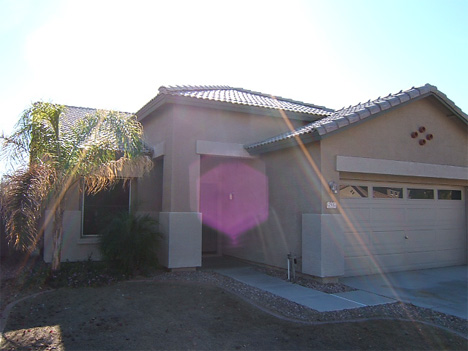This is my column for this week from the Arizona Republic (permanent link).
Looking to make changes in an older production home? Within limits, you can do just about anything you want
We talked last week about how production homes are put together in the Phoenix area. Here’s why it matters:
Within limits, you can do just about anything you want to do within your home.
What limits? Whether it is block-construction or wood-frame, the exterior walls of your home are the load-bearing walls. Without expert advice — which includes plans and permits — you should not remove or adapt exterior walls.
You will almost always have a shear wall running through the center of the home, parallel with the peak of the roof. The shear wall prevents lateral motion on the roof. It should only be adapted with the advice of a structural engineer.
Water, sewage and sometimes gas lines are contained within wet walls, and these should only be altered with expert advice.
What’s left? Interior walls. These consist of wood framing covered by drywall. Power lines will run along at about 18 inches above the floor, and cable and telephone lines may have been dropped in from overhead.
That’s it. An interior wall is a drywall curtain dropped in to separate one room from another. Working with appropriate care, you can move or remove interior walls at will.
This can be a big help in older homes. Floorplans from the fifties and sixties can seem byzantine and dark to modern eyes. By blowing open the rooms, you can open up the sight lines and improve the fenestration.
Older homes also lack anything that we might think of as a master suite. The master bedroom will be small, with a small three-quarter bath. You may have to work around wet walls and the shear wall, but it is often relatively simple to combine two bedrooms into a mater suite: Master bedroom, a more-expansive Master Bathroom, a walk-in closet, even a sitting room.
Here’s one more that can be common in older homes: The ducting, especially in hallways, will result in very low ceiling heights. This can all be ripped out and thrown overhead into the truss, resulting in a much more open feel to the home.
Technorati Tags: arizona, arizona real estate, investment, phoenix, phoenix real estate, real estate, real estate marketing
